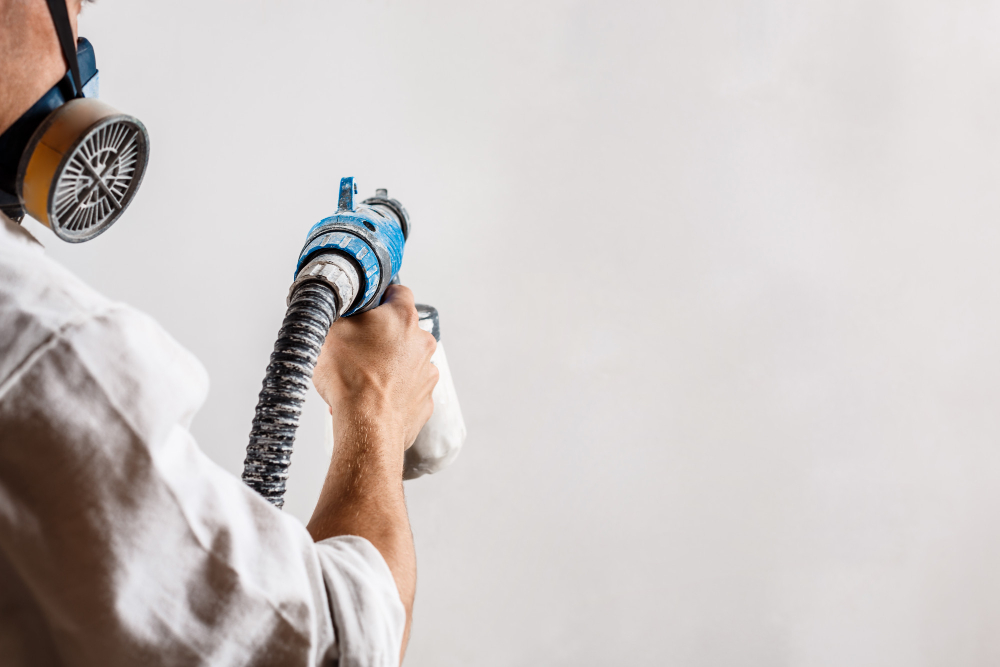Every homeowner dreams of smooth, perfect-looking walls that enhance the beauty and value of their home. However, drywall imperfections—whether they come from wear and tear, installation issues, or structural shifts—are inevitable. The question that often arises is, What color paint hides drywall imperfections best? If you’re looking for a solution to make your drywall look flawless, you’ve come to the right place.
In this in-depth guide, we’ll explore not only the best paint colors and finishes for hiding drywall imperfections but also other essential techniques that can help you achieve professional-looking results without requiring a full renovation. We’ll also go over primer selection, proper surface preparation, and expert tips to ensure your walls look smooth and seamless.
What Are Drywall Imperfections?
Before diving into the solution, it’s important to understand the common drywall imperfections you may encounter:
Cracks: These can form from natural house settling or improper drywall installation. They often appear along the seams or corners.
Dents and Dings: Accidental bumps, moving furniture, or hanging pictures can cause small but noticeable indentations.
Pores and Texture Irregularities: The uneven application of drywall mud or joint compound can leave behind ridges, bumps, and uneven textures.
Stains: Water damage, smoke, or grease can leave permanent stains on the drywall.
Nail Pops and Holes: Nail pops occur when screws or nails back out of the drywall over time. Holes from picture hooks, wall anchors, or nails leave unsightly blemishes.
Tape Lines and Joint Imperfections: Poorly applied drywall tape and uneven joints can create visible lines or ridges.
Understanding these common issues is the first step in addressing them effectively with the right paint and techniques.
Why Paint Alone Can’t Solve Everything?
Paint plays an essential role in hiding drywall imperfections, but it’s crucial to recognize that paint alone cannot completely cover up every flaw. If the surface preparation is neglected, the paint may not perform as expected. That’s why understanding the proper layering technique—which involves using primer and applying paint correctly—is just as important as choosing the right color or finish.
In the sections below, we’ll break down the exact strategies to ensure that you achieve the smoothest possible surface, no matter how damaged or flawed the drywall might be.
What Color Paint Hides Drywall Imperfections Best?
When it comes to choosing a paint color that hides drywall imperfections, light colors with minimal sheen work best. Here’s why:
Flat Finish Paint
Flat finish paint is by far the most effective when hiding drywall imperfections. It reflects very little light, creating a soft, matte appearance that draws minimal attention to surface flaws such as dents, scratches, or uneven textures.
- Why Flat Finish? The flat finish has no shine or gloss to it, which means light isn’t bouncing off the wall and revealing imperfections. Instead, it absorbs the light, which helps hide flaws.
- Where to Use Flat Finish? This finish is ideal for low-traffic areas like bedrooms, living rooms, or dining rooms where a refined and smooth appearance is a priority.
Eggshell Paint
Eggshell paint offers a slight sheen, but not enough to emphasize imperfections. It’s a great compromise between flat and satin finishes. Eggshell is slightly more durable than flat paint, making it suitable for areas that may see a bit more wear and tear but still require an aesthetically pleasing finish.
- Where to Use Eggshell? It’s ideal for living rooms, hallways, and guest rooms where you want a bit more durability without sacrificing the ability to hide minor imperfections.
Neutral Tones: White, Beige, and Light Gray
When it comes to color, neutral tones such as soft whites, beiges, and light grays are excellent choices for hiding drywall imperfections. These shades create a uniform, visually calm background that minimizes attention to any texture irregularities.
- Why Light Colors? Light, neutral colors work because they reflect a broad spectrum of light evenly, diffusing it across the wall and reducing the appearance of shadows, bumps, or dents.
- Where to Use Neutral Colors? These colors are versatile and can be used throughout the home—especially in living areas, bedrooms, and offices—offering a fresh, clean look that hides imperfections effectively.
Matte or Satin for High-Traffic Areas
While flat finishes are excellent for hiding imperfections, they may not always be the best choice for high-traffic areas like hallways, kitchens, or bathrooms, where durability is key. In these spaces, matte or satin finishes may be a better option. They provide a slight sheen, making them easier to clean while still offering some imperfection-hiding properties.
- Where to Use Matte or Satin Finishes? Kitchens, hallways, or bathrooms that need to balance durability and appearance can benefit from matte or satin paints.
The Critical Role of Primer in Hiding Drywall Imperfections
Now that we’ve covered the right paint colors and finishes, let’s talk about the secret ingredient that truly helps hide drywall imperfections—primer. Applying primer is a must if you want professional, long-lasting results.
Primer Creates a Uniform Surface
One of the main benefits of using a primer is that it creates a uniform surface. Drywall is made of different materials, and their absorbent properties vary. Applying primer ensures that the paint adheres evenly across the entire surface.
Without Primer: When you paint directly on drywall without primer, certain areas may absorb more paint than others, creating uneven, patchy results.
With Primer: A primer seals the drywall, covering pores and imperfections, and creating a smooth and consistent surface for the paint to stick to.
Primer Blocks Stains
If your drywall has been stained by water, smoke, or grease, primer is essential to block those stains from bleeding through the new coat of paint. Stain-blocking primers are specifically designed to cover up unsightly marks, ensuring a clean, even finish.
Primer Enhances Paint Adhesion
Primer acts as a bonding layer between the drywall and the paint, helping the paint adhere better and last longer. This is particularly important in high-moisture areas like kitchens or bathrooms, where moisture can cause peeling or bubbling if the paint doesn’t bond properly.
Self-Priming Paints: Are They Worth It?
In recent years, self-priming paints have entered the market, promising to eliminate the need for a separate primer. While these paints can be convenient, they don’t always offer the same level of adhesion and surface preparation as a dedicated primer. If you’re dealing with significant drywall imperfections, it’s often better to use a traditional primer followed by a coat or two of your chosen paint color.
Step-by-Step Guide: How to Hide Drywall Imperfections with Paint
Step 1: Prepare the Surface
Surface preparation is the most critical step. Start by cleaning the wall thoroughly to remove any dirt, grease, or dust. Then, fill in any dents, holes, or cracks with the drywall joint compound. Once the compound has dried, sand the area smoothly using fine-grit sandpaper. Make sure you wipe away all dust with a damp cloth before moving on to the next step.
Step 2: Apply a Primer
Apply a high-quality drywall primer evenly across the surface. Use a roller for large areas and a brush for corners and edges. If you are dealing with stains or serious imperfections, consider using a stain-blocking primer. Allow the primer to dry completely before applying the paint.
Step 3: Choose the Right Paint
Once your primer is dry, it’s time to apply your chosen paint. For the best results, go with a flat or eggshell finish in a light, neutral color. Apply at least two coats of paint, allowing each coat to dry thoroughly before applying the next.
Step 4: Use the Right Tools
Invest in high-quality brushes and rollers for a smooth, professional-looking finish. Cheap brushes and rollers can leave streaks or uneven patches, especially on textured or imperfect surfaces.
Step 5: Check for Flaws and Touch Up
Once your paint has dried, inspect the wall for any remaining flaws. Touch up any spots where imperfections are still visible with a small brush, blending the paint carefully into the surrounding area.
Advanced Techniques for Hiding Severe Drywall Imperfections
For homeowners dealing with extensive drywall damage, there are additional methods beyond just using paint and primer.
Textured Paint
For walls with severe imperfections, consider using lightly textured paint. The texture will help mask dents, bumps, and irregular surfaces. Common textures include knockdown, orange peel, and slap brush finishes.
Wall Liners or Wallpaper
If imperfections are significant and widespread, a wall liner or textured wallpaper may be an excellent solution. Wall liners are thick, smooth layers that cover up rough drywall, providing a fresh surface for paint or wallpaper.
Skim Coating
For walls with severe damage or texture issues, a skim coat—a thin layer of joint compound applied over the entire surface—can provide a smooth, even finish. Skim coating is a professional technique that can completely refresh a wall’s surface, but it requires skill and patience to apply correctly.
Conclusion: Achieving Flawless Drywall with the Right Paint
When it comes to answering the question, What color paint hides drywall imperfections? the answer lies in the careful combination of the right paint finish, color, and surface preparation techniques. To summarize:
- Use flat finish paint for the best concealment of flaws.
- Choose light, neutral colors like soft white, beige, or gray to create a smooth visual field that minimizes attention to imperfections.
- Always apply a high-quality primer before painting, especially if you’re dealing with stains or porous drywall.
- For durability in high-traffic areas, consider eggshell or matte finishes.
By following these steps and ensuring proper surface preparation, you can achieve smooth, beautiful walls that hide even the most stubborn drywall imperfections. No need for costly renovations—just the right paint and a little attention to detail.
The next time you look at those bumpy, uneven walls, remember that with the right approach, a smooth, flawless finish is within your reach.

